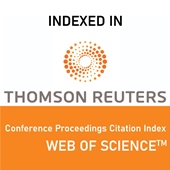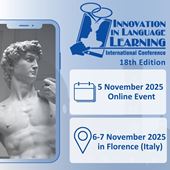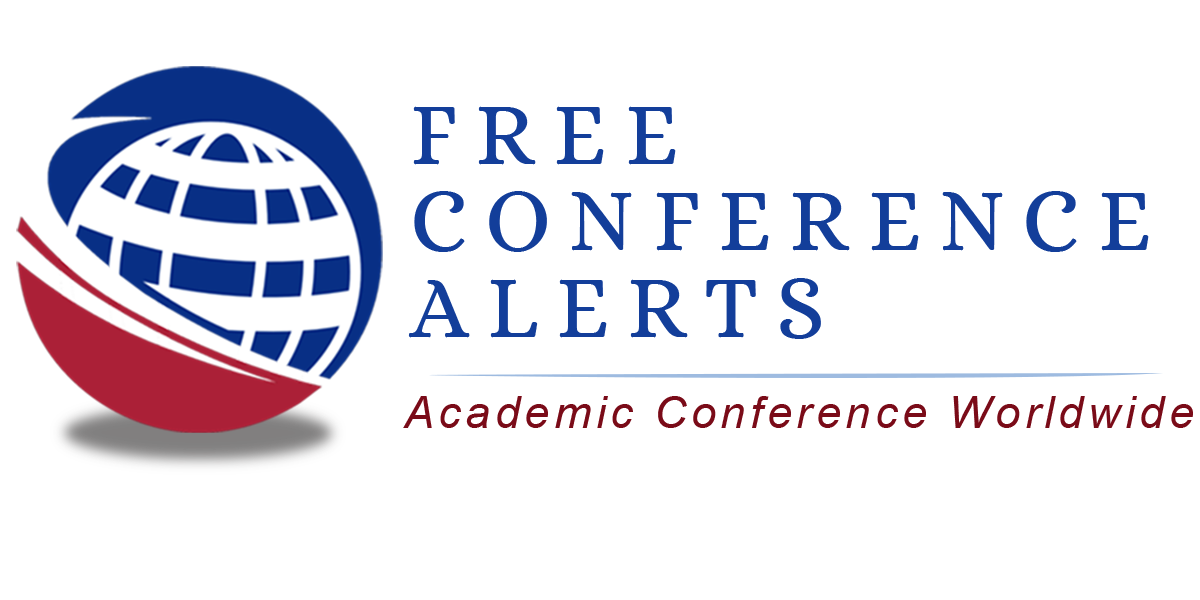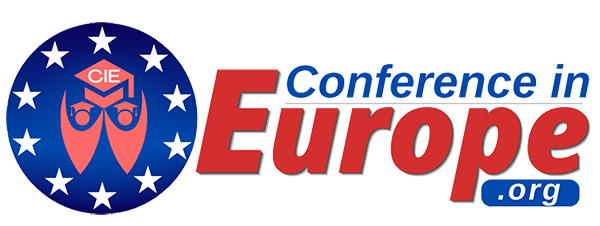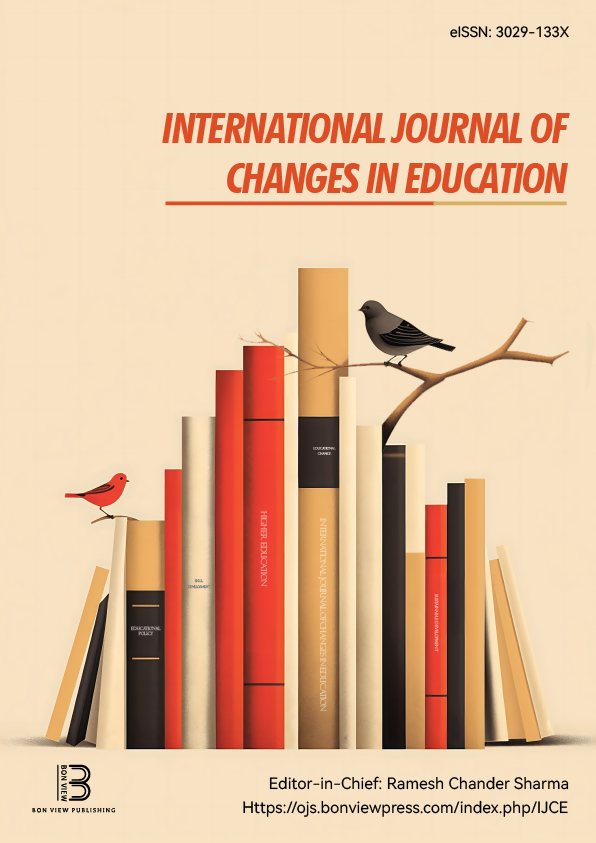Cultural Identity and Gender Representation: A Comparative Study of Cultural Figures in English and Italian Textbooks for Foreign Learners
Simona Serafimovska, Goce Delcev University, Stip (Macedonia, The former Yugoslav Republic of)
Vesna Koceva, Goce Delcev University, Stip (Macedonia, The former Yugoslav Republic of)
Abstract
This article offers an overview of the presence of prominent figures from British, American, and Italian cultures in English and Italian language textbooks designed for foreign learners. The acquisition of a foreign language necessarily involves understanding the sociocultural norms and values associated with it. Consequently, language textbooks increasingly include lexical and visual elements that serve as vehicles for the culture of the target language. The study focuses on identifying names and corresponding images of culturally significant individuals within six textbooks—three for English and three for Italian—targeted at intermediate-level learners. These textbooks, published within the last ten years, are currently used in foreign language classes at the Goce Delcev University in Stip, North Macedonia. The selected examples are examined according to several parameters, including the relative frequency of female and male representations, the type of material used (textual mentions or visual illustrations), and the relationship between text and image (whether accompanied by descriptive context or not). Furthermore, the analysis takes into account the domains of activity associated with the represented figures and incorporates a diachronic comparison to identify changes in cultural representation across textbook editions over time
|
Keywords |
textbooks, culture, foreign language, gender representation, sociocultural competence, cultural awareness |
|
REFERENCES |
[1] Balboni P., Caon F., “La comunicazione interculturale”, Venezia, Marsilio, 2015 [2] Balboni P., “Intercultural Communicative Competence: A Model”, Perugia, Guerra Edizioni 2006 [3] Chan W. M. et al., “Culture and Foreign Language Education: Insights from Research and Implications for the Practice”, Boston-Berlin, De Gruyter Mouton, 2015 [4] Council of Europe, “Common European Framework of Reference for Languages: learning, teaching, assessment. Companion volume”, Strasbourg, 2020 [5] Hall J. K., “Teaching and researching language and culture”, London, Pearson Education, 2012 [6] Kramsch C., “Culture in foreign language teaching”, Iranian Journal of Language Teaching Research, 1, 1, 2013, 57-78 [7] Pavan E., “La cultura e la civiltà italiane e il loro insegnamento in una prospettiva interculturale”, in Dolci R., Celentin P. (a cura di), La formazione di base del docente di italiano a stranieri, Roma, Bonacci editore, 2000, 77-86 [8] Spinelli B., “Il Quadro e lo sviluppo di una prospettiva interculturale”, in Mezzadri M. (a cura di), Integrazione linguistica in Europa. Il Quadro comune di riferimento per le lingue, Torino, UTET, 2006, 166-195 [9] Weninger C., Kiss T., “Analyzing culture in foreign/second language textbooks: methodological and conceptual issues”, in Curdt-Christiansen X.L., Weninger C., Language, Ideology and Education: The Politics of Textbooks in Language Education, London-New York, Routledge, 2014, 64-80 [10] Yuen, K.M., “The representation of foreign cultures in English textbooks”, ELT Journal, 65(4), 2011, 458-466 |
 Innovation in Language Learning
Innovation in Language Learning
